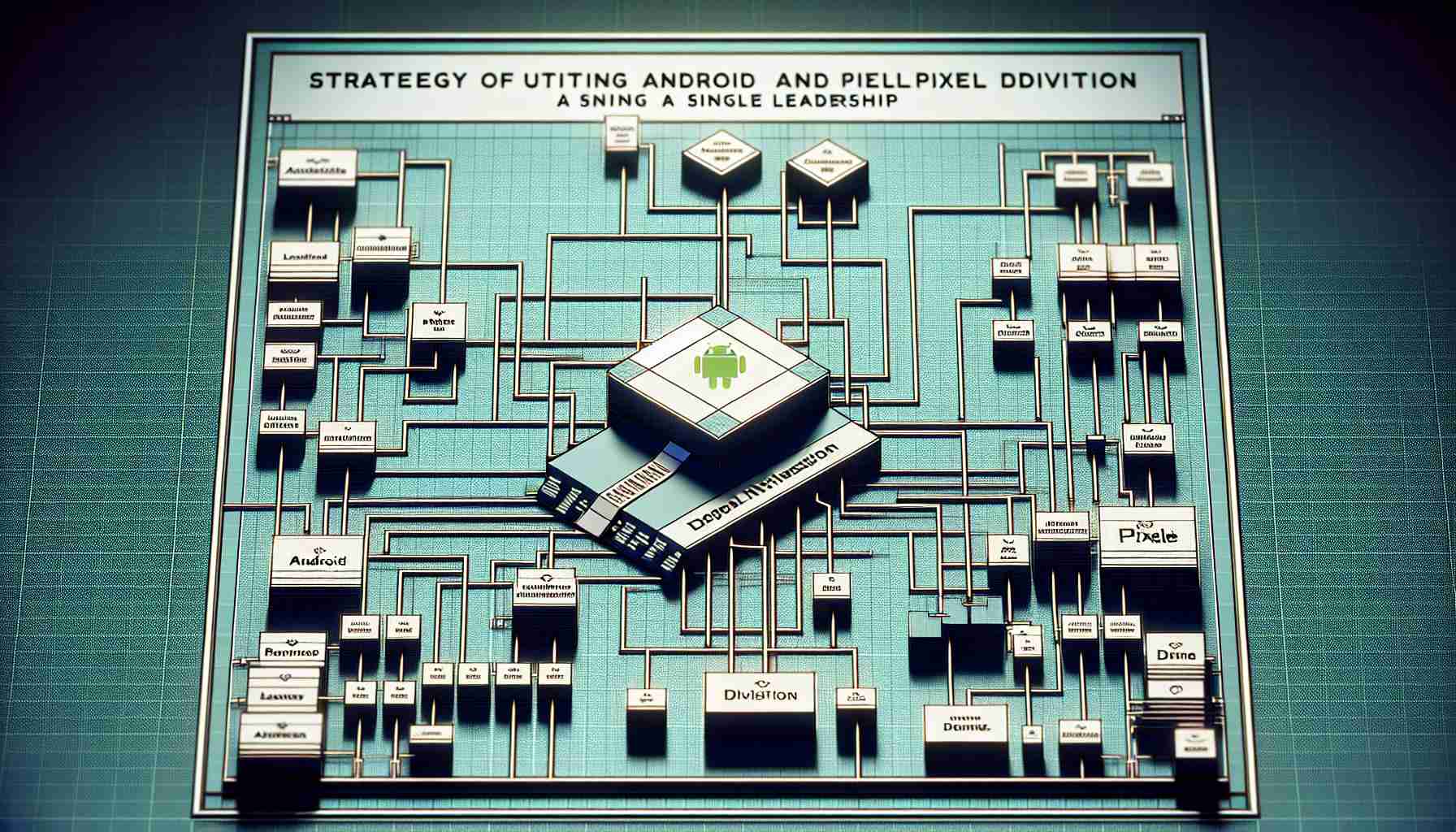Google has reorganized its approach to managing the iconic Android and Pixel product lines, integrating both into a cohesive division. This significant realignment highlights the tech giant’s drive to consolidate its artificial intelligence (AI) efforts and establish itself as a dominant force in the arena.
The recent confluence of the Android OS and Pixel smartphone teams under one umbrella aims to produce a more unified and intuitive user experience for consumers. Google’s strategy seeks to harmonize innovation across devices and services, potentially addressing previous criticisms over the disjointed nature of its hardware and software development.
At the helm of the new “Platforms and Devices” team is Rick Osterloh, a seasoned leader in the realm of hardware. Known for his knack for successfully launching innovative hardware products, Osterloh’s placement signals Google’s serious intent to foster AI growth within its consumer offerings.
The commitment to AI is evident in Google’s vast investments in the field, with its research arm, Google AI, pioneering in vital AI disciplines. The company’s plans involve weaving these AI advancements into the fabric of its product ecosystem, aspiring to maintain a competitive edge as technology rapidly evolves.
While the future landscape in which Google’s Android and Pixel reside remains to be fully unveiled, the company’s unwavering dedication to AI paints a clear picture: Google is positioning itself to influence the next wave of smart devices and AI-integrated services. Consumers, AI enthusiasts, and industry spectators alike are watching with anticipation as Google charts this new course.
Important Questions and Answers:
What are the potential benefits of Google’s restructuring of Android and Pixel divisions?
The benefits include a more streamlined user experience, enhanced integration of AI into devices, and a potentially faster and more innovative product development cycle.
Who is Rick Osterloh and why is he significant in this context?
Rick Osterloh is currently the senior vice president of Devices and Services at Google. His background with successful hardware launches makes him well-suited to lead the new Platforms and Devices team, aiming to synergize software and hardware efforts under Google’s AI-driven strategy.
Key Challenges and Controversies:
There’s a challenge in terms of executing a seamless integration of AI across the product spectrum without infringing on user privacy—a concern that’s growing among consumers. Additionally, the success of this realignment largely depends on how well Google can combine innovation with practicality in its products.
Advantages:
– Streamlined decision-making processes can accelerate innovation.
– Potential for superior user experience with integrated AI across the ecosystem.
– Strengthens Google’s competitive position against rivals like Apple and Microsoft.
Disadvantages:
– The integration may lead to a loss of focus on individual product identities and specializations.
– The process of restructuring can disrupt current projects and lead to initial inefficiencies.
– Risks of further monopolizing the market and stifling competitor innovation.
For further information about Google, you can visit their official site with the following link: Google. Please note that the URL provided here leads to the main page of Google’s website, which is a valid and official source for information about the company and its range of products and services.
The source of the article is from the blog foodnext.nl
